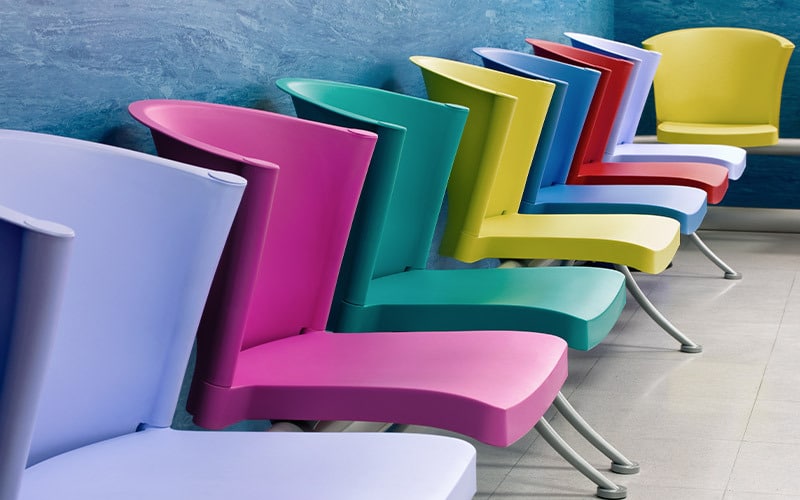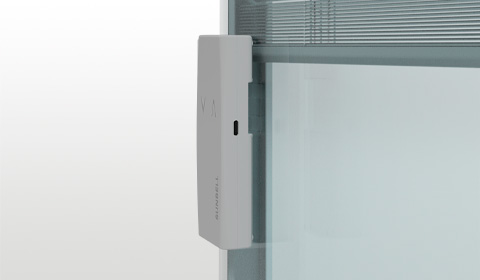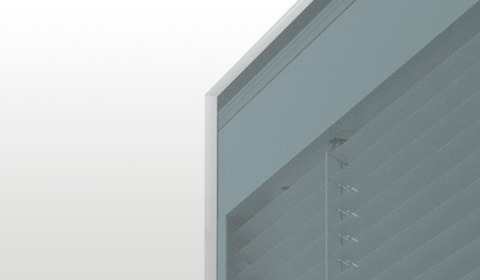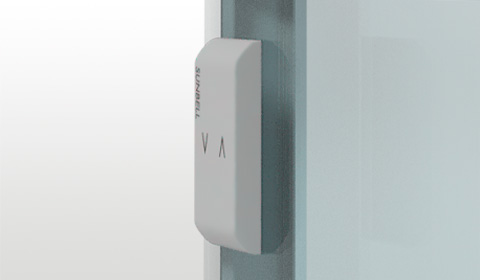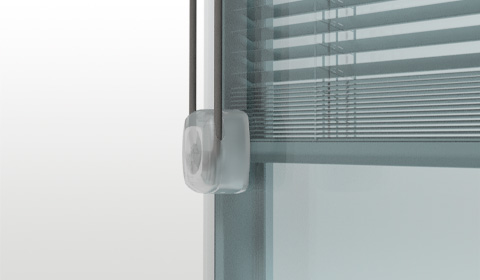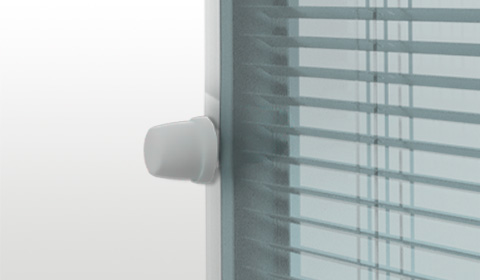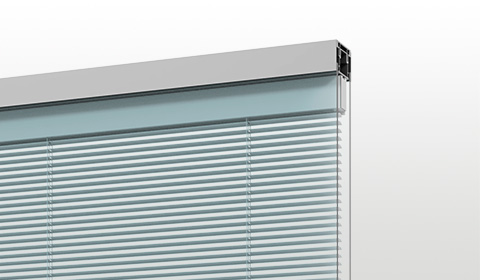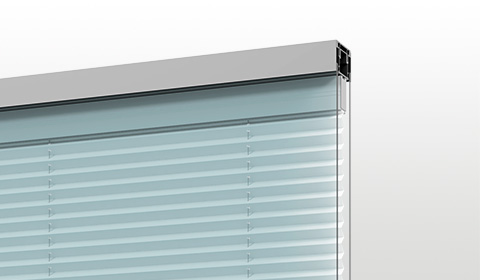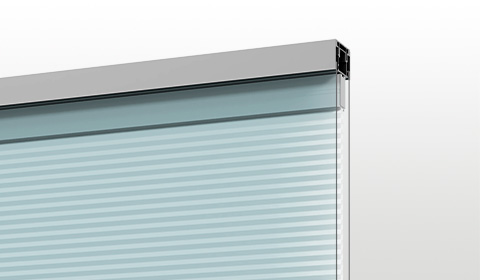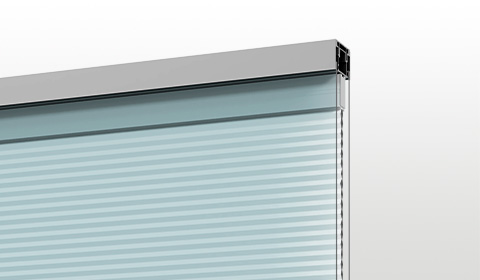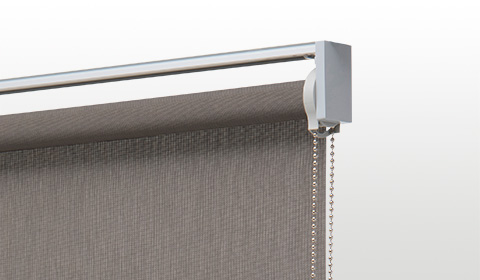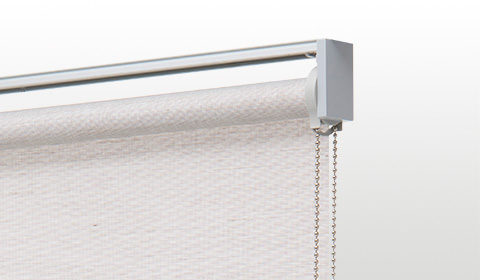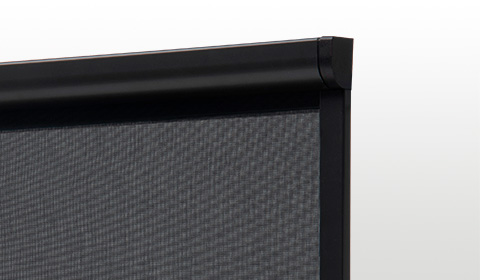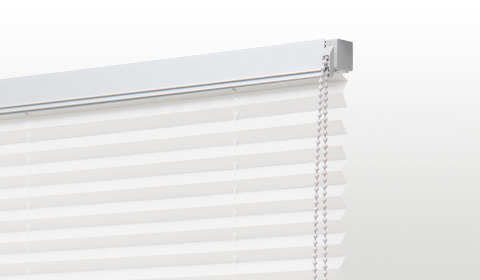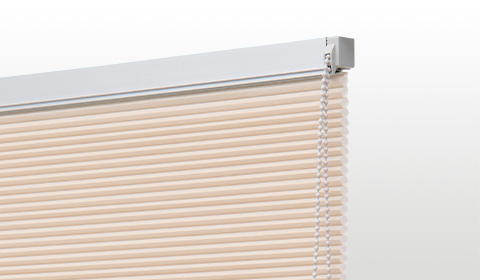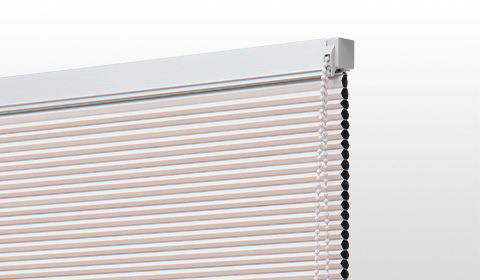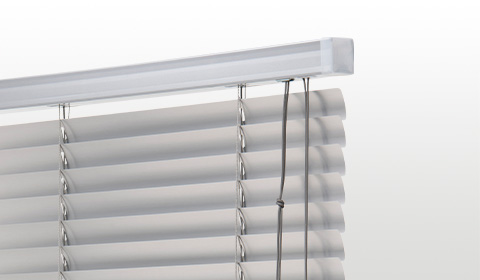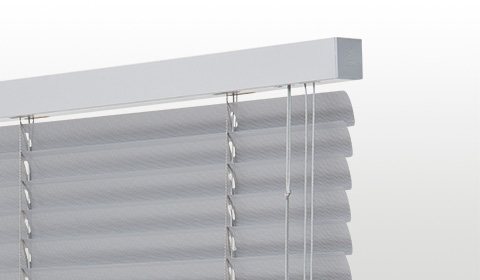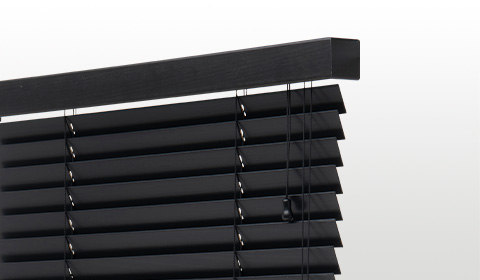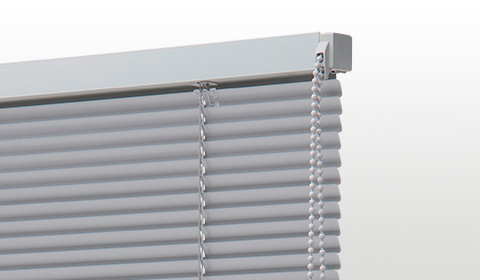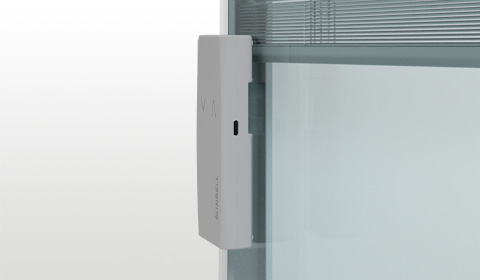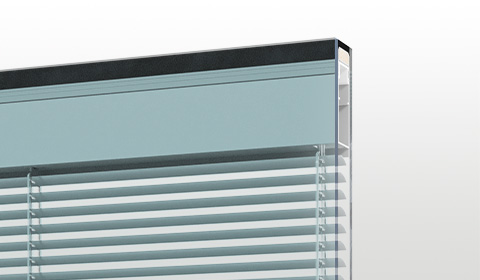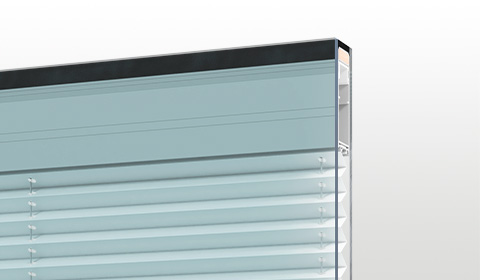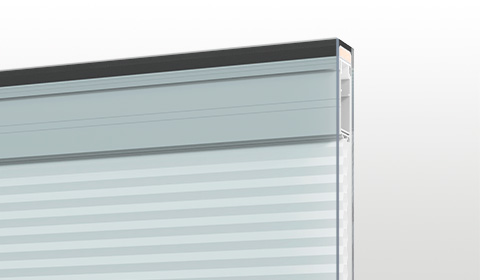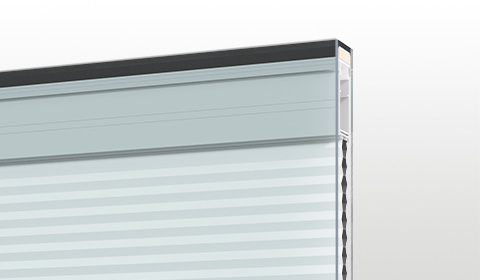Using plastic in interior design projects is very common in the industry as it’s one of the most versatile materials. Plastic consists of long carbon chains called polymers that can be printed, extruded or melted in any desired shape.
Thermosetting plastics don’t soften up after being printed, while thermoplastic ones (with an open-chain molecular structure) can be re-used and re-modelled, making them more suitable for recycling.
Are you thinking about using plastic in your next interior design project?
Although plastic materials are present in nature − such as natural rubber, derived from rubber trees − the majority of plastic made today is synthetic and more than 99% comes from fossil fuels.
Synthetic plastic is very convenient compared to most materials and, for this reason, it’s used to make millions of tons of disposable items every year.
Plastic materials: a by-product of fossil fuels
The designer Charlotte McCurdy, the developer behind a bioplastic made out of algae, explains that “part of the reason plastic materials are so cheap is that they are a by-product of fossil fuels.”
“Petroleum or natural gas is pumped out of the ground to the refinery, where it’s broken up into different molecule lengths and catalytically cracked into useful monomers.”
This refinement process produces fuels like gasoline and kerosene and other by-products such as ethylene and propylene, the most important elements for making plastic.
79% of all plastic will be disposed of in a landfill or in the environment, where it will remain for thousands of years.
This solution increases pollution, but, unlike incinerators, doesn’t release the carbon from these products into the atmosphere.
Plastic production and incineration have been responsible for more than 850 million tons of CO2 emissions in 2019.
Take a moment to really think about what a massive amount that is!
However, there is now a stronger drive to de-carbonise the economy. Many fossil fuel-free alternatives are currently being developed to meet the increasing demand for plastic.
Plastic in design projects: types and uses
The latest Dezeen guide presents 11 types of plastic commonly used in architecture and interior design. Let’s take a look at the types of plastic suitable for interior design projects.
1. Polyethylene terephthalate (PET)
PET is a resistant yet lightweight thermoplastic used, amongst other things, to create polyester fabric, which accounts for more than half of the world’s synthetic fibres.
Designers often use PET for its translucent finish. The fact that it can be recycled (rPET) also makes this material very versatile.
It’s a material that can be used in interior design and fashion or even to produce chairs or backpacks.
Here are a few inspiring projects using PET.
2. High-density polyethylene (HDPE)
The most common type of plastic in use today is polyethylene, and HDPE is simply one of its variants. With a more rigid structure, HDPE is suitable where more toughness is required, from milk containers to packaging for cleaning products and bottle caps.
It can be recycled and used in design projects: the architect studio Culot+Collins produced 1400 thermochromic tiles made from HDPE for a floating diving platform.
Take a look at a few HDPE projects here.
3. Polyvinyl chloride (PVC)
PVC accounts for about 20% of all plastic produced and its toughness and durability make it suitable for the production of pipes, drainpipes and window frames.
With the addition of a phthalate plasticiser, PVC can be turned into flexible vinyl and used to produce flooring, shower curtains and imitation leather.
However, it is worth mentioning that adding phthalate makes PVC less recyclable and has been linked to many health concerns.
4. Polypropylene (PP)
Polypropylene is derived from propylene gas, a by-product of the gasoline refining process. It is commonly used to make more rigid, hardwearing items such as Tupperware, children’s toys, and outdoor furniture.
In the 1950s designers also started using it to produce monobloc chairs.
Nowadays, thermoplastic can also be converted into fibres to create surgical masks, which South Korean designer Haneul Kim recycled to create a series of stackable stools.
Here is a selection of PP projects.
5. Polycarbonate
Polycarbonate is a thermoplastic very resistant to impact and temperature changes. While it is as transparent as glass, it’s250 times more resistant, and is also used to produce bulletproof windows.
Architects and designers love working with polycarbonate sheets to maximise natural light while guaranteeing privacy and improving thermal insulation.
Here are a few examples of polycarbonate projects.
6. Polyurethane (PU)
Polyurethanes are a diverse class of plastic polymers usually used in the form of a flexible foam to produce mattresses and upholstery, while a more rigid variety is turned into trainer soles.
It can also be used as a waterproof layer for fabrics and to protect wooden furniture.
Design studio Layer used the adhesive qualities of PU to create a heat-sealing tape that can join textiles without the need for stitches.
In fibre form, it is the main component for spandex, and is also used to make pain relief patches.
Polyurethane is difficult to recycle. You can see more of its uses here.
7. Fibreglass
Fibreglass is made by taking thin glass filaments and encasing them within a petrochemical resin. Fibreglass is lighter and stronger than steel while being cheaper and more flexible than carbon fibre.
It’s used to design high-performing products like skis, helicopter rotor blades and wind turbines.
Architects usually use this material to create high and lightweight structures.
Here are a few fibreglass projects.
8. Polystyrene
In its original form, polystyrene is a hard and solid resin used to make disposable cutlery. But when solid plastic beads are exposed to hot steam, they puff up like popcorn to create expanded polystyrene (EPS) foam. The rigid, closed-cell foam is 98 percent air and has low thermal conductivity.
These characteristics make EPS perfect for packaging fragile items as well as food and drink.
In architecture, it is also used as insulating material.
Here are some projects featuring polystyrene.
9. Acrylic
Acrylic is a catch-all term used to describe a range of different resins derived from acrylic acid. When cast into sheets, this thermoplastic is also known as plexiglass and used as a low-cost alternative to glass.
English architecture studio HAL used giant plexiglass panels to make a 35-metre-high swimming pool bridge connecting two buildings in London.
Furniture made from acrylic can reflect light or disappear into its surroundings, creating high visual impact displays.
Here are a few projects featuring acrylic.
10. Acrylonitrile butadiene styrene (ABS)
Acrylonitrile butadiene styrene is a hard thermoplastic that can be combined with butadiene rubber to create a stronger, more durable material.
It can withstand compression better than concrete, and, because it’s easy to varnish, has been used to make billions of hardwearing Lego bricks since 1963.
Pipes made of extruded ABS are more resistant than PVC, and that’s why they are more suitable for sewer systems.
Here are some projects using ABS.
11. Nylon
As the first entirely artificial fibre, created in a US lab in the 1930s, nylon spawned an era of innovation in synthetic fabrics.
The term nylon has since expanded to include a whole family of plastics composed of polyamides. These can be found in toothbrush bristles, films for food packaging and moulded components in cars and electronics.
However, despite its rising popularity in furniture design, the material’s primary application is still in the fibres to make stockings.
Here are a few projects featuring nylon.
Plastic alternatives
Architects and designers are increasingly looking to reduce the environmental impact of their projects and substitute petroleum-based plastics with more sustainable alternatives.
These alternatives include recycled plastics and bioplastics, which are produced using natural products.
Sectors like interior design and architecture play an essential role in fighting climate change, and the use of sustainable materials as an alternative to plastic and concrete is crucial in this process.

